https://www.youtube.com/watch?v=5wLnR-3osKU
The #1 Reason People Are Afraid to Draw Animals...
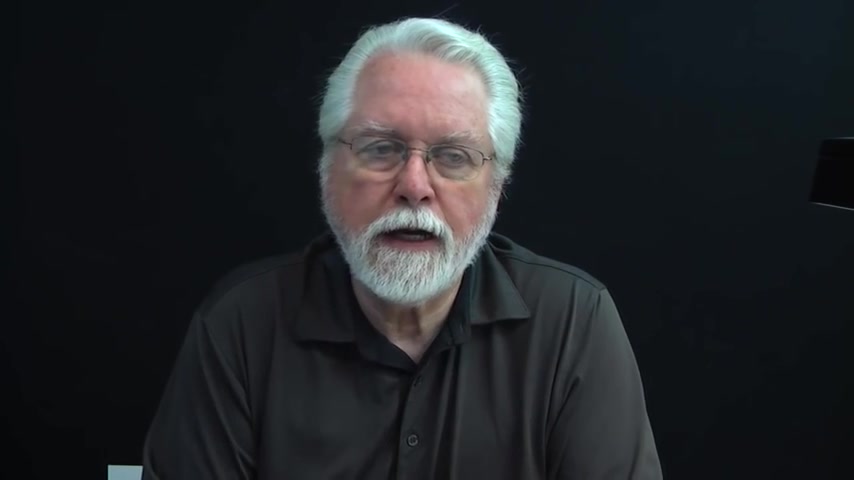
Hi , everybody .
Glad you could tune in .
We wanted to take this opportunity to give you the results of a survey that we recently sent out to you .
And that uh had a main question of what people enjoy about drawing uh pets .
And I'm glad for your responses .
And uh Jeremy Roland will go ahead and uh give you some of the feedback that you've given , which is always valuable .
And so go ahead , Jeremy .
Hey , Darryl .
Yeah .
Thank you .
It's great to be here with everybody .
And uh like you said , we sent out a survey which we love to do because it gives us an idea of what you're struggling with and what it is you really want to learn .
So , like Darryl said , this third survey dealt with drawing pet portraits and we think that the theme rang through really clear .
In fact , it probably couldn't get much more clear .
Uh There's a specific problem that the majority of you seem to be facing when drawing animals or pets .
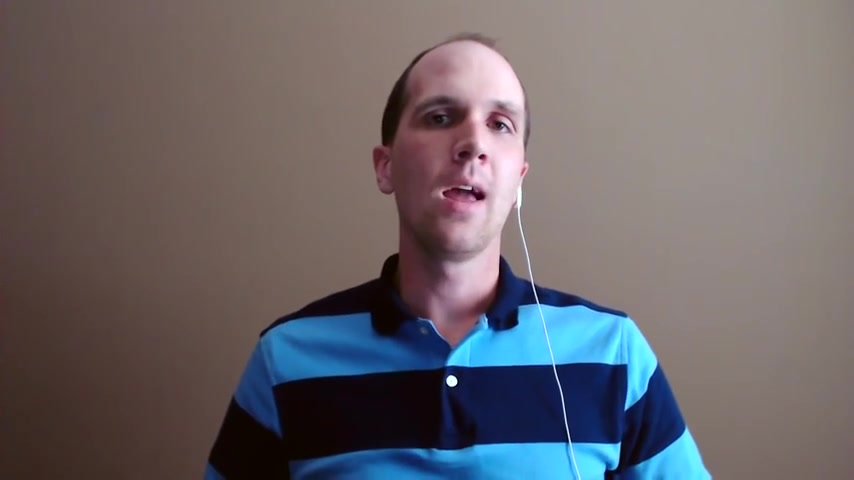
And uh this problem based on all of the capital letters and exclamation points seems to be a real hot button issue .
So Darryl's gonna share some insight into this problem .
Uh and to get us started , I wanna share some of your actual responses , some of the things that you said about this predicament .
And I think as you listen , you will understand pretty quickly what I'm talking about and what , what this problem is .
So let's go ahead and look at those .
All right .
One of you said my biggest challenge lies in rendering short fur , it seems painstakingly difficult .
And another person says the biggest frustration when drawing mine or someone else's pet is getting their coat just right .
Some are long hairs , some are short and they come in a variety of different colors which can be hard to represent when drawing a pencil .
An example would be a tricolored Australian shepherd .
OK .
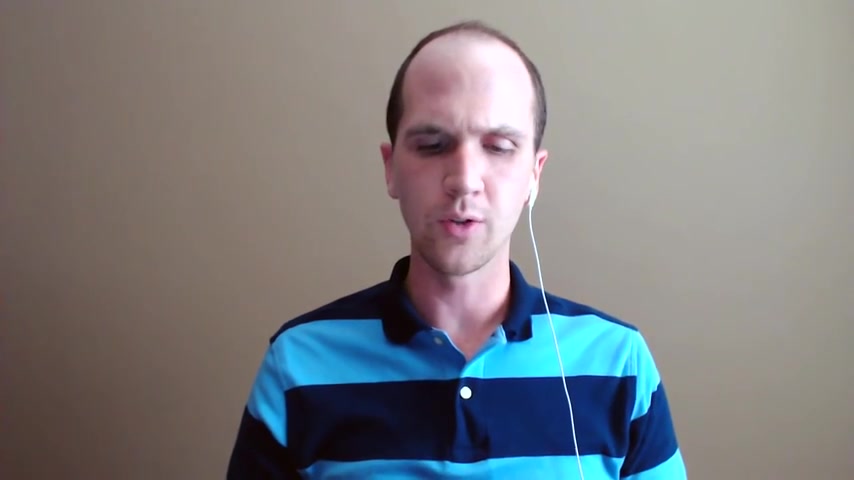
And another person says the fur if hair is challenging , oh my , what about the whole picture being covered in fur ?
And yet we have another comment here .
I have drawn a dog and a couple of horses which have really enjoyed doing something different than portraits .
The hardest part for me is fur making it look like fur .
They turned out pretty good , but I know the fur could be better .
And our last one is I've never tried to draw my pets .
However , I do try .
I do love drawing lions and other large cats .
I've always traced them on light board and I don't think they've ever really popped due to the fur and they say fur is even more evil than hair .
So obviously , there seems to be a serious love hate relationship with drawing pet portraits or animal portraits .
And uh it seems that hate stems from just , just from drawing fur .
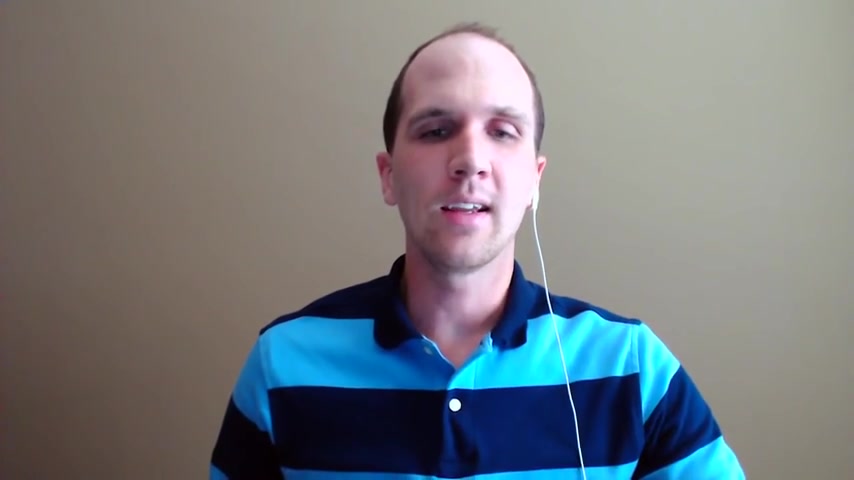
And uh in the last comment , you know , we heard that that fur is more evil than hair and it really does seem that way with with a full body being covered in fur .
It seems like it's it may be something people won't even want to get involved with .
But , um Darryl , I'm hoping that uh you can kind of shine some light on the situation .
Is that the reality .
Um Can you tell us a little more about your technique for drawing fur and , and hopefully clear up the waters a little bit ?
Yeah .
Well , I don't know how much we can do in this uh one particular episode , but I , I think it's important for us to uh just discuss some of the things that might go by you and you may not really think about because you're thinking so much about uh oh , I've got fur .
Now , some people are saying uh oh , it's so forgiving doing animals .
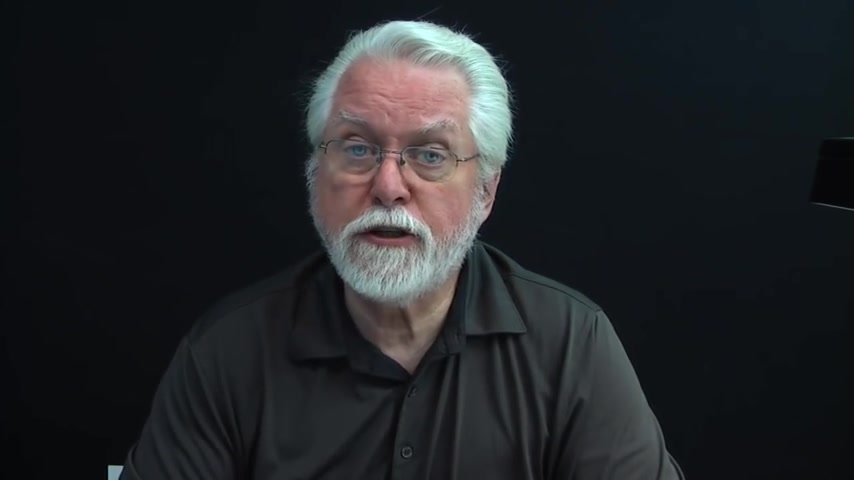
Uh I have a hard time doing people and uh I think uh that goes to the underlying uh uh you know , necessity of making sure that you start with good proportions .
Uh And that goes with looking as you probably are familiar with my method .
I hope uh that we start teaching ourselves to see angles and depth and those kinds of things , edges to values .
Well , when you have fur , it's maybe a little harder to identify some of those things .
So , uh I think that it's really important for us to maybe identify , buy those things first and not get carried away with just starting to make fur because we think that's the dominant part of it .
So I always look for , uh , again , the proportion I look for the depth where , where can I start designating something maybe that's darker and farther behind .
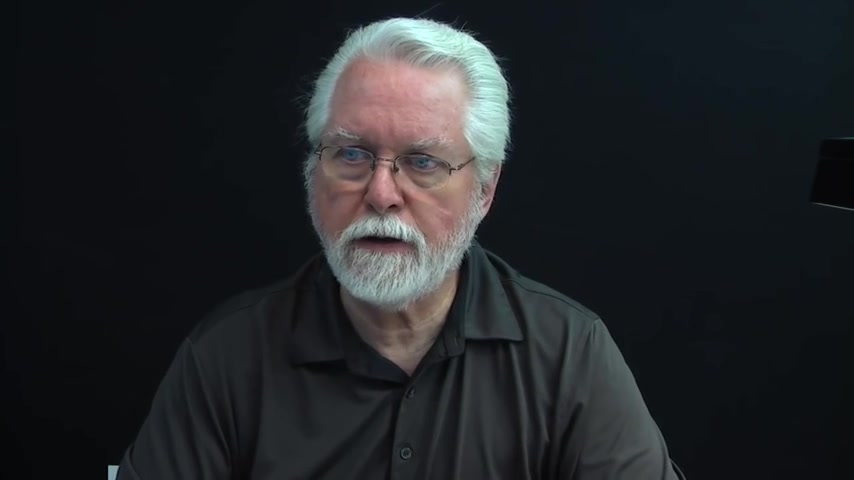
And it helps me to start having a shape to start adding some preliminary hair too .
Now , one of the things about hair on a , uh you know , fur on a dog or a cat or whatever it happens to be , it follows the same as it does with the uh with drawing a human portrait in that if you don't have anything in a space , uh it's going to be flat .
And one of the ways I deal with that is I start with uh uh light strokes and start developing a value in the darkest places first so that those places always stay ahead .
Uh Let's just go back to one of the uh drawings that I did quite some time ago for uh a drawing study and it's not , you know , meant to be completely accurate .
It was just a freehand demonstration .
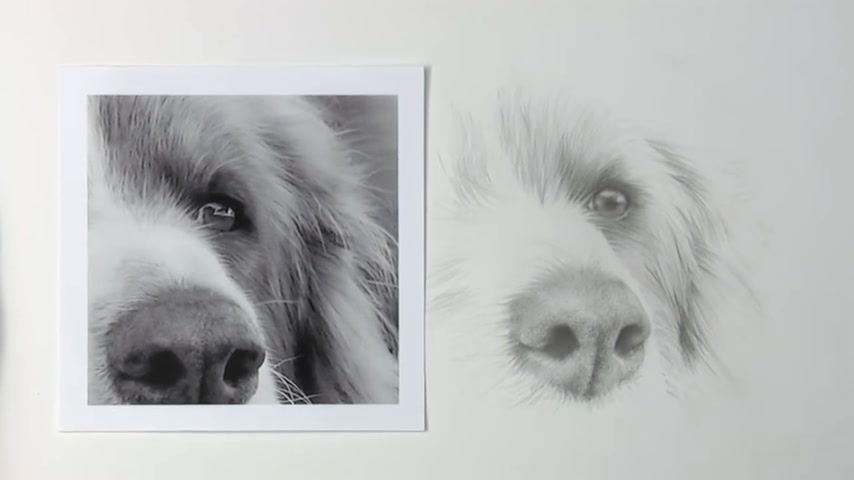
But uh what I did want to do was to start developing a again , those places that have some depth and value so that I can start uh seeing dimension and having a place that I can now maybe even take out uh some of these light hairs that go into the dark .
And the wonderful thing about this is that I can use an eraser .
Uh I love to draw with my needed eraser and uh uh you know , things like um uh the mono zero eraser is a wonderful eraser as well .
Uh Let's go ahead and just in case you don't have those things , this is just fabulous for working on dogs and animals and humans and anything where you need a more precise line and the needed eraser .
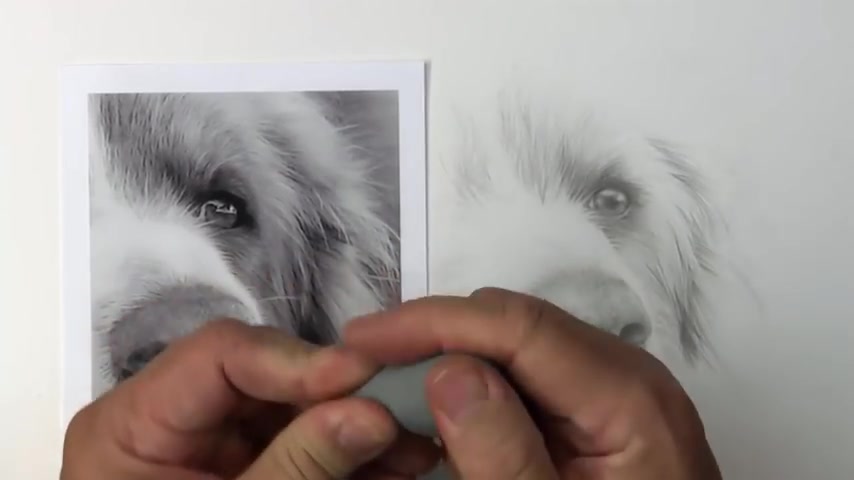
I always want to uh develop this into a teardrop uh initially and this helps me to be able to tap off a larger area and just lighten up a value if I feel like I've gotten too uh dark with it too soon and , or if I want to see the balance and the values and I won't need to darken it up just because I , I feel that's the right uh uh level .
Uh I can do that and I , I love to be able to make alterations and it's the same thing with dogs or cats .
I have to start somewhere .
So I start fairly simple .
And so I'm going to come in here with my tapered stroke and that's a whole lot better than doing something that is very harsh .
I can't expect my drawing to look uh uh like this dog or any other furry animal if I'm not paying attention to the curve .
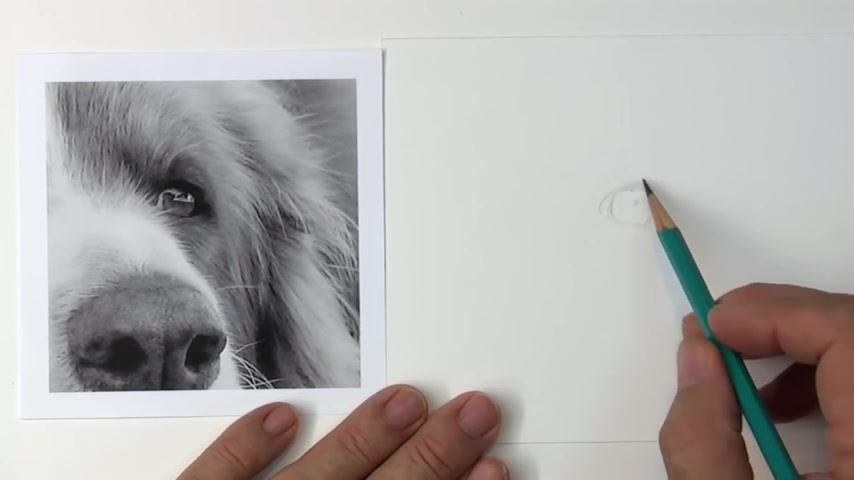
So I like to establish that if I , if I have an eye here and I'm , I'm just quickly sketching in something so we can start drawing around it .
But if I have an eye here , then uh now what I'm going to do is I'm gonna start working on the darkest places .
I might establish a few things like the looking for the shape of the wide of the eye .
Like I talk about with people all the time .
It's really important because then you can establish the focus of the animal or the person and tell what direction they're looking if you want to establish focus .
But then I can now , uh have something that is the deepest darkest place first and then I can start looking at the direction and my tapered stroke is wonderful because I , I'm going one direction even though it looks like maybe I'm going more , I guess I'm gonna have to make this a little darker even though I never go that dark initially .
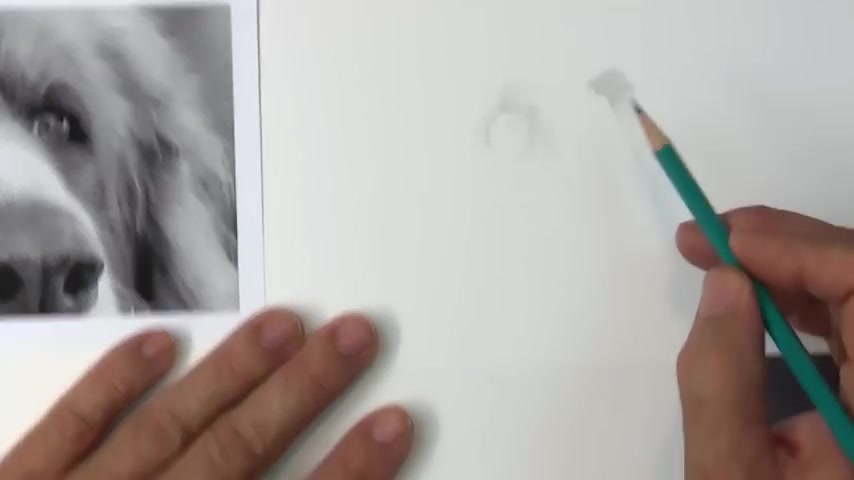
But my tapered stroke is fabulous because it gives me the flow and grace of fur instead of coming in here and expecting uh this to look like that dog and to work well .
Uh And I'm coming in here and scribbling in something or I'm not paying any attention to the direction .
I just want to go ahead and get something on there because I realize there's a dark place there .
And so I'm not paying any attention and yet this curves around like so and uh I wanna make sure that I'm not just having blunt ends .
One of the things that's so good about drawing fur , whether it's short hair or long hair , is that tapered stroke And that tapered stroke allows me to be able to blend into something else , to be able to go ahead and have something else come into that and it just glides in and nothing is absolutely parallel all the time .
There's always a little bit of a difference in direction , just a slight difference .
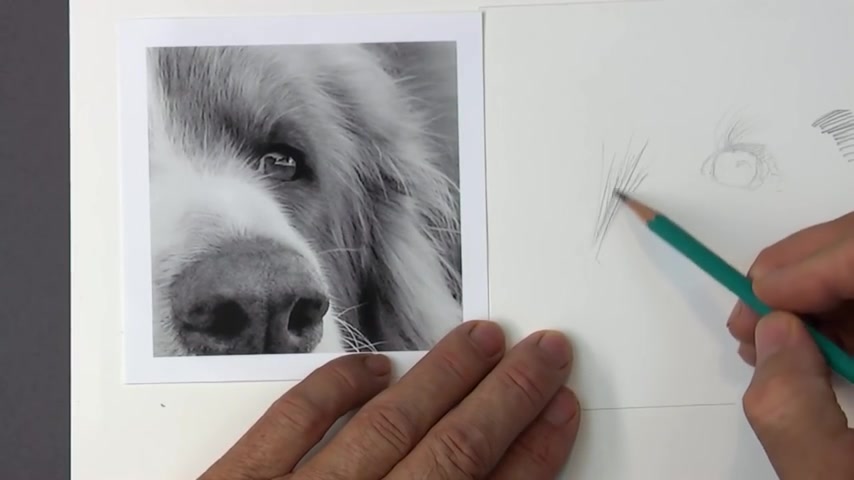
But what you'll see happening is there are opportunities when I get a lot of fur on here and I can be very , it can be very forgiving and I have these different directions .
Now , I can start seeing places that I might be able to create a V and I usually will do that as you see some of these vs here .
I hope you can see it maybe get just a little bit closer and you can see that there are places where it comes down to a finer point .
Well , those are almost always going to be going towards where the hair attaches .
And so that helps me to get a direction of the hair .
And if I'm paying attention to the flow and the curve and I have something that's far more forgiving .
Something that is gonna give me some grace and I can turn this around and just get an idea about what I'm going to be , uh what direction I'm going to be working .
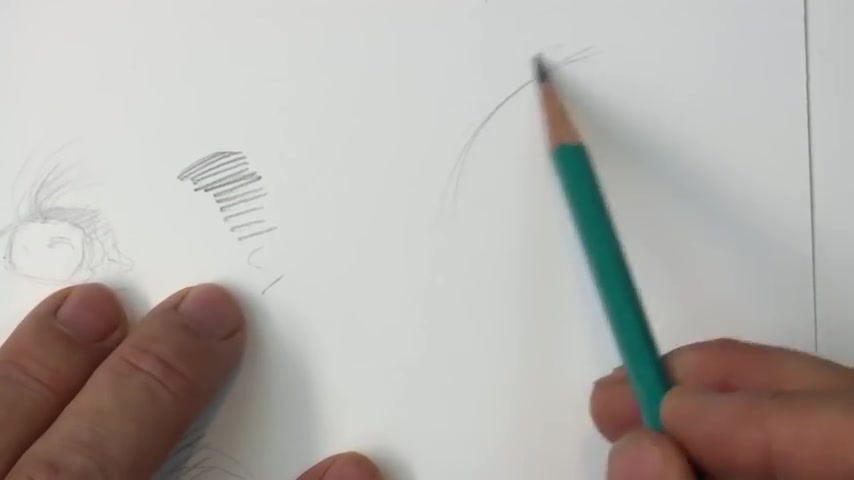
As I gradually increase the values and get a little more on there , then it's going to be a lot better than coming in here and just trying to create something .
And then , oh , I may have all these joints because I'm not really having everything glide into the next thing instead of doing something that's very , very forgiving and just natural and it just as you develop it , it just gets more and more and more like fur .
But now one of the things that is going to happen with this is do as it does with humans is we don't want it to get to where the hair is , our dark lines , you won't see any dark lines on this dog .
You unless it's something that's behind something .
So really what we want to do is we want to create enough value that even though there might be value in this dog's hair , it is going to be against something darker .
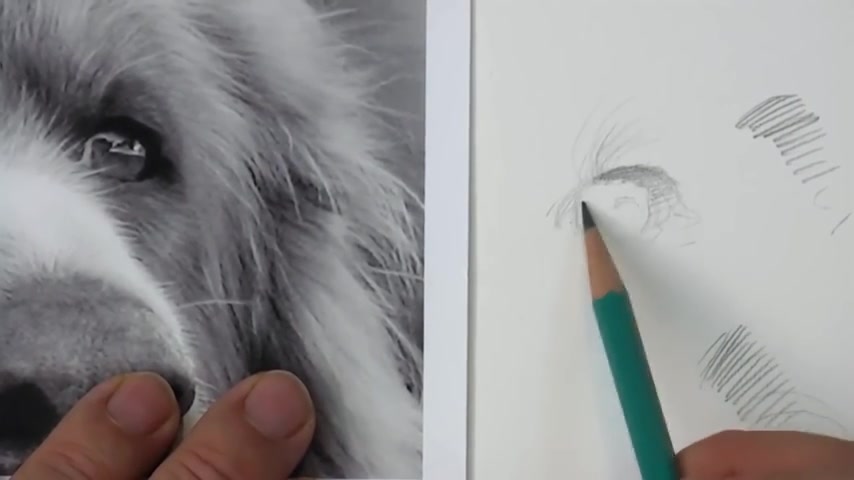
That's why I like to work with something dark and , and this is , this isn't necessarily , I , I would take a lot more time to develop this .
But anyway , I have something that I can go ahead and have dark and my uh my fur might be going this way , I'll create some v I want to get some value in the eye .
This is very crude , but at least it , it might give me a little bit of an idea of how I can show you .
We give you an idea as I show you how we can possibly get some value in here .
As I , as I already may know where the line is here .
I don't want to get it too dark as I see this , this part of this muzzle coming down and the nose , the snout .
But I still want to have some idea .
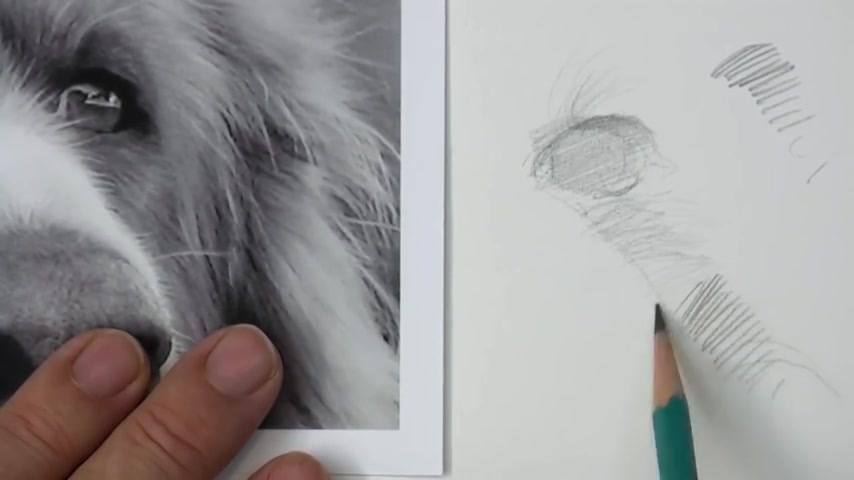
And now as I gradually start putting some value in there with my , even though they're tapered , they're short and even though they're short , they're tapered .
And I want to be able to have an opportunity to start creating some value .
Well , already I'm starting to separate these two elements here .
I'm starting to create something that I can now start building on and I usually keep going farther and farther away from my initial point where it was a little bit darker and it isn't going the right direction as I'm telling you , that's what we should do .
And then this is another little trick that it's not that this is the whole solution .
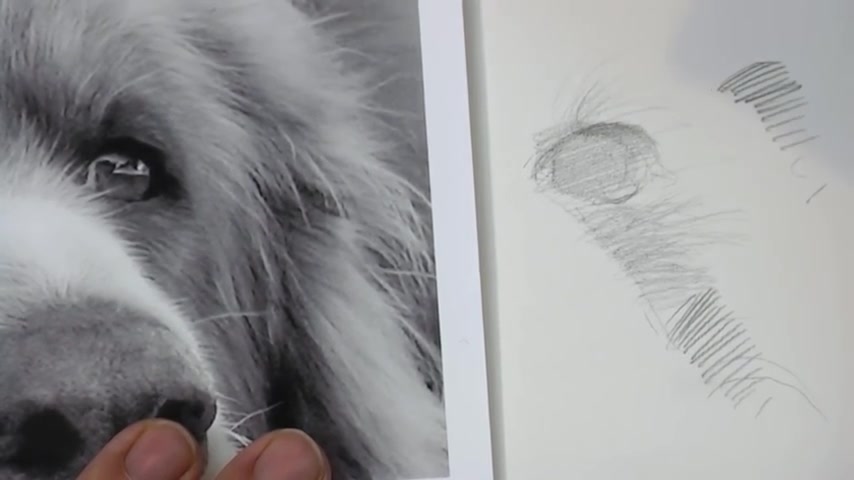
But one of the wonderful things about graphite , if I don't put it on too dark and I can go ahead and take the opportunity to use my two B pencil where I can , I might map it out with a , with a harder lighter pencil like a 4h just to make sure I know what direction I'm going to start going .
When I start using my two B I can come in here and now I can brush some of that extra lead around .
And that helps me to have a little bit more of a solid tone so that I can actually come in and take a hair out of it and have that as an opportunity to put these hairs .
And I know they're not going the right direction .
I'm kind of contradicting myself here , but I can either do this with my needed eraser or I can do it with my mono zero .
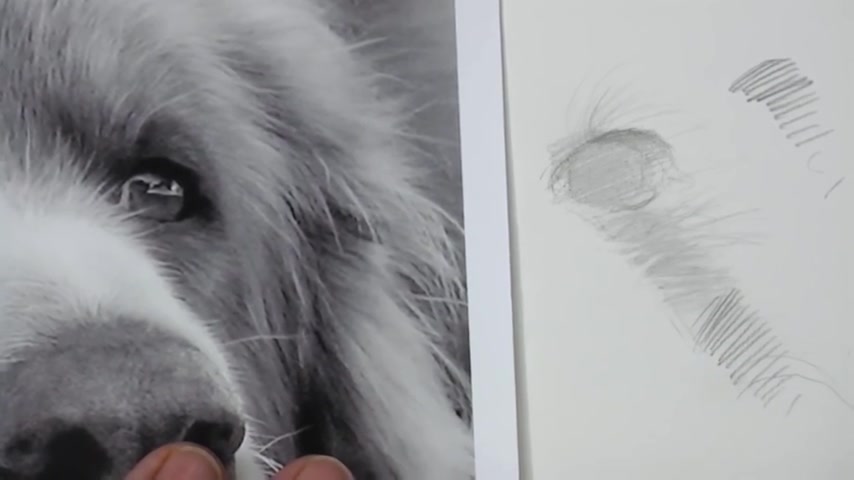
And now I have an opportunity to come back in and I can make this darker if I want to if I want more value and I can take other hairs out of that and start creating some depth .
But this is just one of the ways you'll see that that's what's happening .
Oh As I get down into places like like this , I can create some value , then I can start creating some of those hairs that come into it .
If I need to extend some into those places that are maybe a little bit uh clean edged , then I can break that , that plane .
I hope I'm explaining this .
OK .
But I can create the deepest parts with the darkest value and then take a hair out of it because I already have a background there .
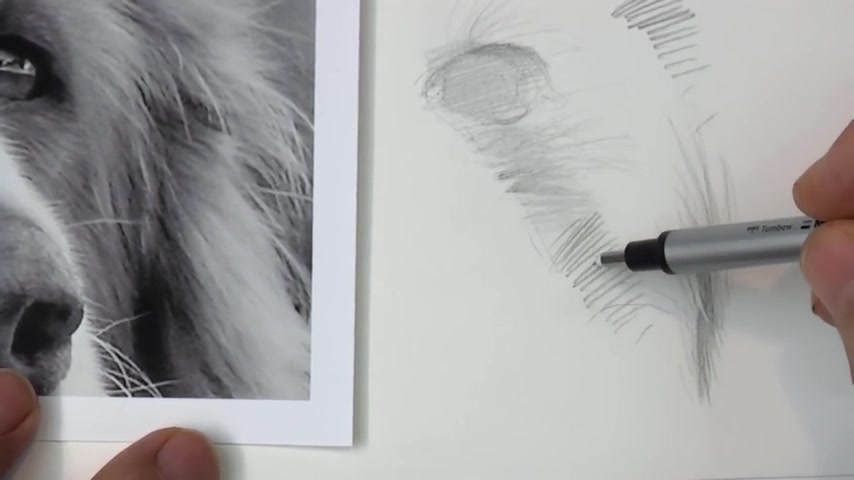
Now , now I couldn't take value off if I was pressing too hard .
It's another reason why I want to have a nice tapered Stroker .
It just glides on and glides off .
There's so many advantages because I can build it slow enough that I'm in control .
I can see it developing .
I can see whether I'm putting too much or not enough , but I certainly don't want it to become solid .
The only places that might be a little more solid would be some , these deeper darker places .
And then one of the other things that you want to remember is there's always a place , even if it's just making common sense , there's always a place that it's a little darker and that's where there's the least light .
So within this space here , even if it looks flat to me , I want to try and add something that has dimension in it .
And so I'm always looking for something that's a little darker .
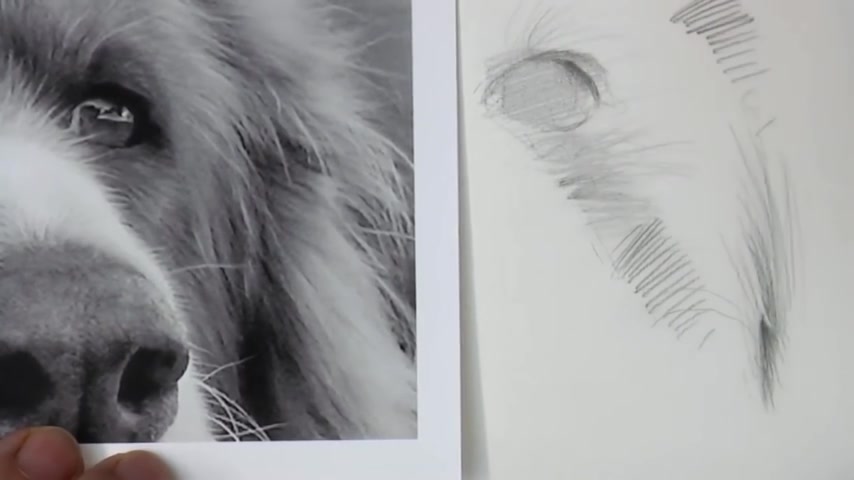
So in a , in reality , this might very well be opportunity to use a clean edge to value and make the eyeball come out from underneath the eyelid .
This is an opportunity for me to have this value a little darker .
So it shows that it's extending underneath these little hairs , but I haven't put it on so hard that I can't get something off and even completely break it if I want to , if I want to hang a hair over there , I can do it .
So that's how we would do whiskers and things like that .
We don't want to try to labor , we're trying to draw each whisker .
Although I guess there are opportunities and I , I do take them into creating a space at some point where I can , I can kind of keep from putting too much on there .
But I like to take something out .
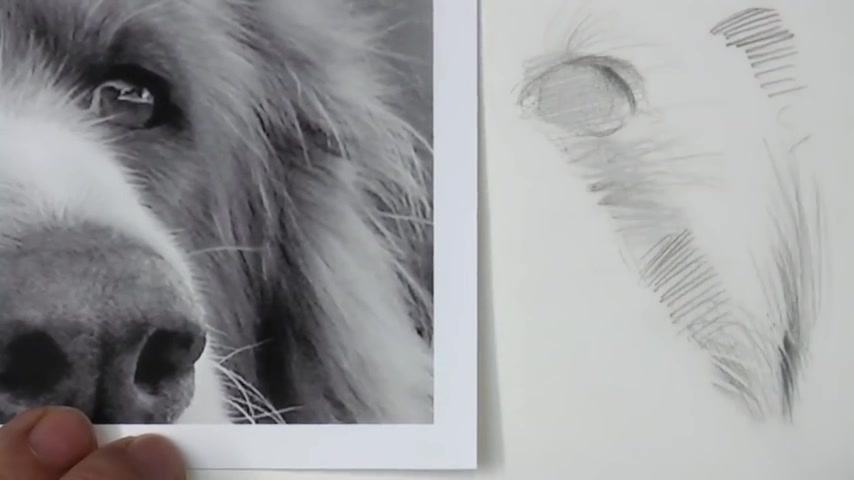
I like to take the whiskers out if I possibly can out of a value because then I can create my , my furry background and all that .
And if I don't press too hard , it's so much nicer for me to be able to take that whisker .
And I'm gonna press this so much easier for me to take that whisker out of a tone than to try to draw one of these white whiskers , either with a pencil line that's not gonna work or if I end up outlining them .
Oh , well , that's not gonna be too good .
I want to show that the tone that's behind is pretty even .
So when I take the whiskers out of a darker background , I've got the problem solved because that makes the opportunity to create something that's a little , you know , more consistently dark in the background instead of all these little patches , patches and pieces .
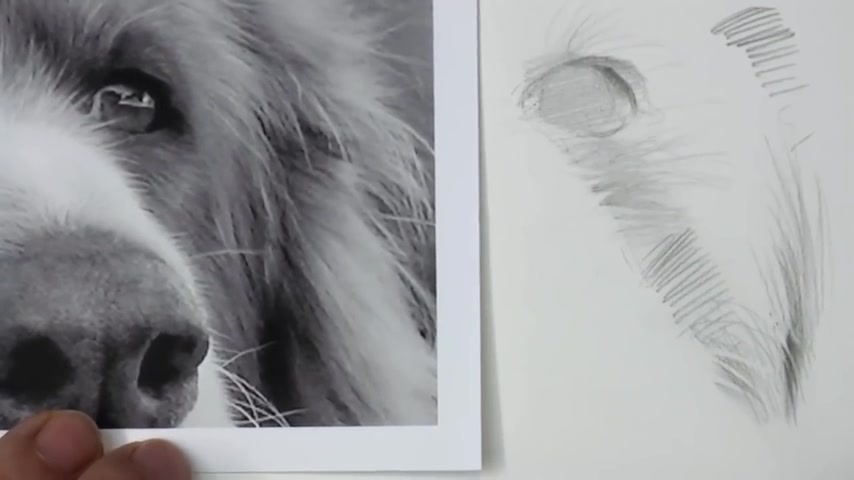
Now I can go ahead and I can take it out of that in my background is already pretty much done except for the fact that I might come in .
And I'm saying , OK , I need to maybe clean up something if I want to have a clean edge , the more I have a clean edge , uh I'm going to be able to pull the whiskers forward and the more that there's contrast , I'm gonna be able to pull the whispers forward and push something back .
Some of the wonderful things about drawing you're in , you have so many opportunities for control to create depth and realism , but it isn't going to draw itself .
This isn't gonna curve on its own .
You're gonna have to go ahead and figure out what direction am I working ?
So it would have been much better for us to go and bend this down and have the opportunity to take it off if you want , if you find out you weren't doing exactly what you want , take another run at it and go ahead and build a whole new , you know .
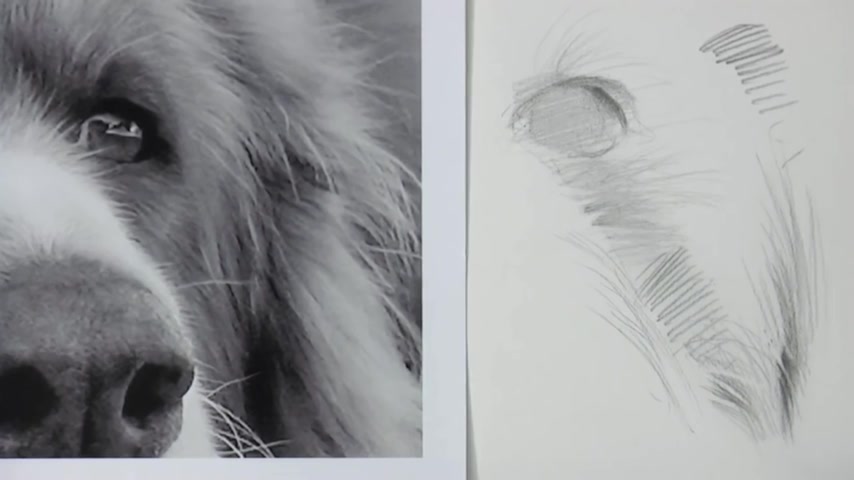
Oh , that wasn't curved enough that wasn't coming down .
I didn't have a good enough tapered stroke .
I'm not gliding on and off enough .
It's looking too much like this .
It's looking too much like that .
And if you don't draw too hard , it's just amazing how many opportunities you have to change and alter what you're drawing .
And that's a great thing because none of us put everything down just perfectly once in a while , something will go down and you'll say , oh , that was wonderful .
I , I just couldn't ask for anything more .
I think I'll leave it the way it is .
But not very often is it that we just have everything jump onto the paper , uh , all by itself and be perfect .
We have to think about it .
We have to teach ourselves to be in control and fur is no harder than anything else to draw .
It might take some time .
And that's the other part of the equation .
If you're not interested in taking the time , then there are , there's less and less of a drawing that you can develop .
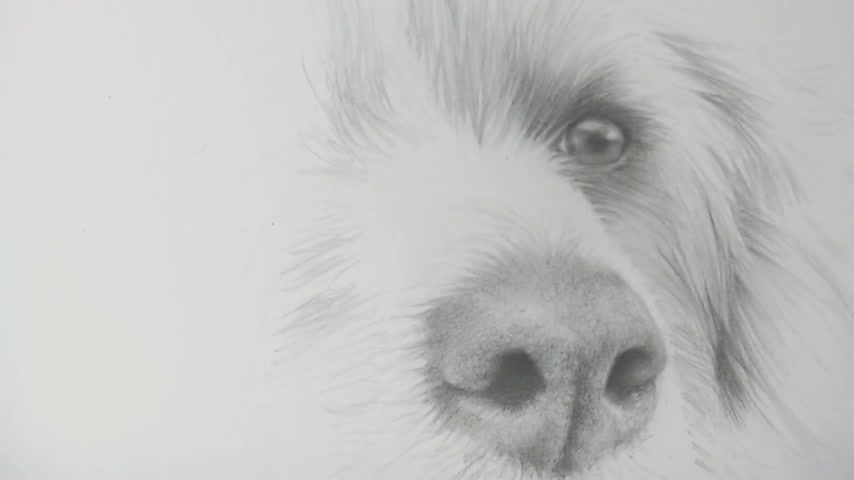
You can do this except for the fact that you have to be willing to accept the fact that whatever is left white is going to be non dimensional in most cases .
But I can , I can also start uh where there's much less fur and gradually go to where there's more and more fur getting more depth by just repeating the process , making sure that I don't create something that's solid .
I keep my strokes going .
I may have to come in and , and clean up a place just to make sure that it stays uh behind my whiskers or I make sure that I have the depth because I have a little darker value showing how light works in that everything gets darker when it goes to where there's less light and then I'll be fine .
But it really is just a matter of saying , how much do I want to accomplish on this , on this dog ?
How much do I want to accomplish on the cat ?
That's the same thing we did with the cat uh project .
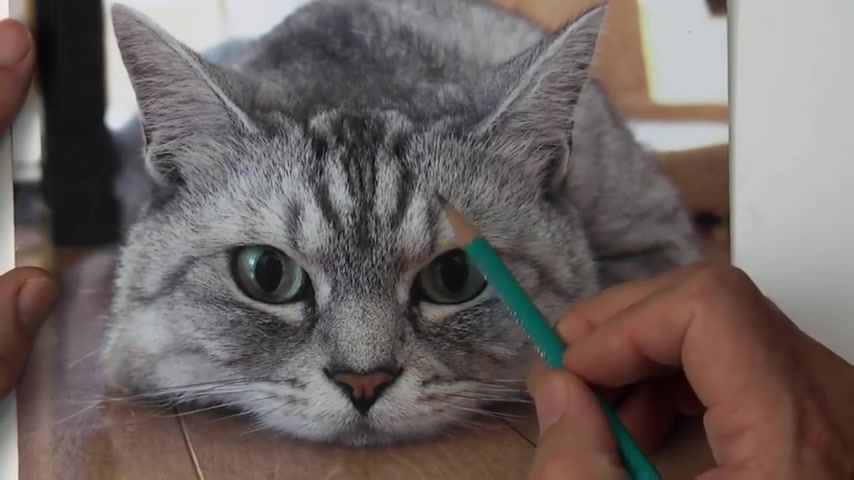
We paid attention .
First of all , even though this had very short hair , it's the same thing , just shorter strokes .
And you can see all the little places that we can create these little vs and gradually we can start uh casting a few little hairs in here after we have enough value in the other places .
And we don't always want to go as dark as we can because we want to come back in and touch it up and have it just the way we want .
And so patients just goes a long way .
If you have the patience , you will be so happy that you created this and that it didn't just uh become this , this uh drawing that you can do nothing with and really didn't capture what you're trying to draw .
So it's the same thing with , with people .
It's just that people in , in most cases , they don't have enough hair .
And so you start noticing the underlying shapes , even more hair can be a very forgiving .
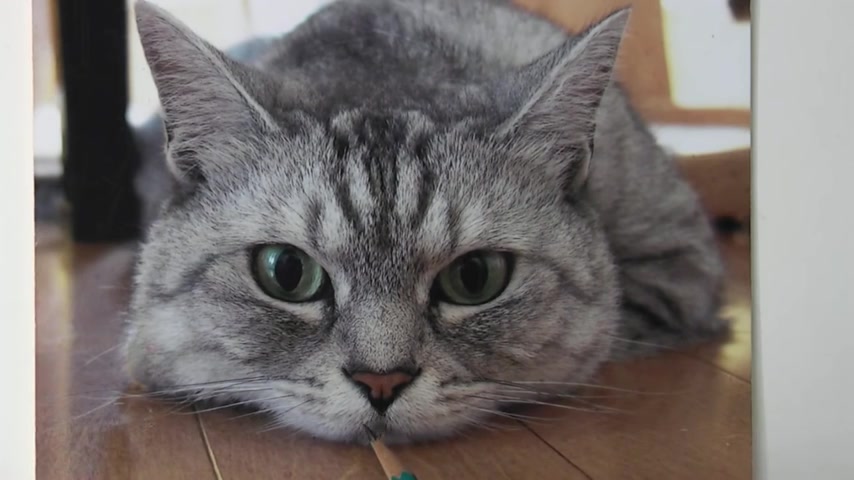
But we still want to be uh remembering to structure our cat .
Think about the angles .
How , how is this ?
Let me see if I can find a uh that I look for angles .
Where is this going to be on the cap ?
Well , let's see where the middle would come about here .
Oh , my .
Look at that my angle , my major angle of the cat is very similar .
And now I know approximately where the eyes are in relationship to that dot Even if you have to make a few dots and a few placements of things on your cat , it's much better than having an ear way over here somewhere .
And this angle doesn't line up to that place .
Look at how wonderful it is to play off of that now and realize , OK , from that point , I might be able to find something else , maybe that point right there .
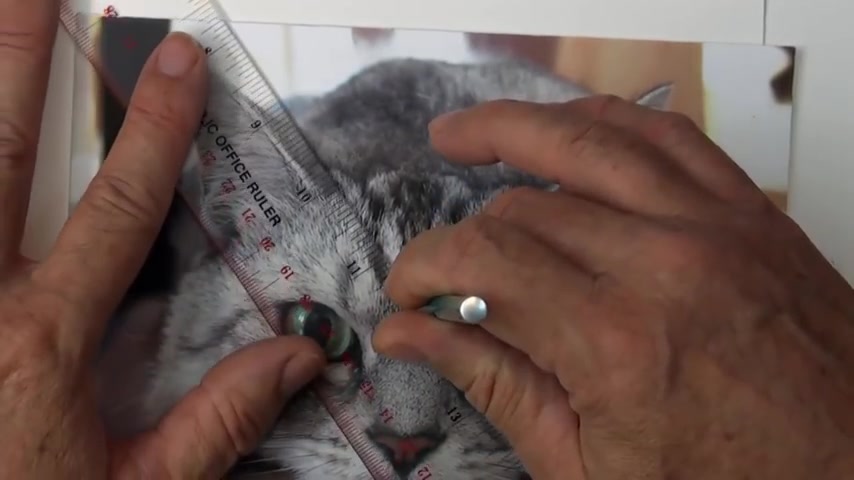
Now , I have an idea of what angle to come down to meet the corner of the eye or the nose or the middle of the , you know , it doesn't line up perfectly with the middle in between the , oh , what do you call that ?
The mustache or whatever ?
I guess the filter just like we have on , on a human .
But proportion is so much fun when you find some keys and you can understand that it's there in whatever you're drawing .
Once in a while , it's not so important because who cares ?
It's just your creative process , I guess .
But in most cases , it's gonna make the picture , the drawing so much more enjoyable for not only you because you feel like you've succeeded at something but the viewer they're gonna understand and not have all these , these conflicts being created in their minds when they subconsciously realize that something is off .
But what is it ?
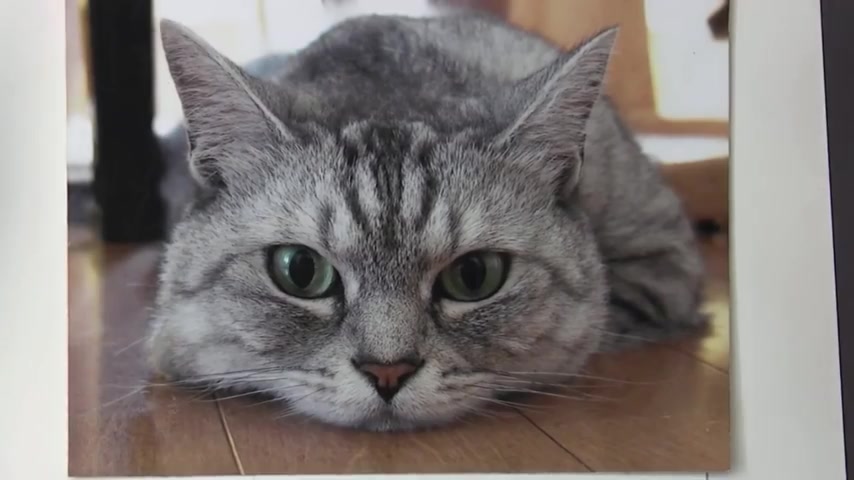
And so there's just a great opportunity for us to uh start off a little patiently construct the proportions well enough that we can start hanging our fur .
But we pay attention to the curve and we pay attention to where it's farther back and farther back and maybe start some of those places first so that we don't end up by having things like this come uh you know , to become too dark because we thought it was safer to just draw this part , whatever you have in your paper first is going to be the darkest and the darkest is usually gonna go back into the recesses where there's less light where there's less light where there's , you know , something past something something deeper .
And so some of those are just little tricks .
There's a , there is a lot to uh understand drawing .
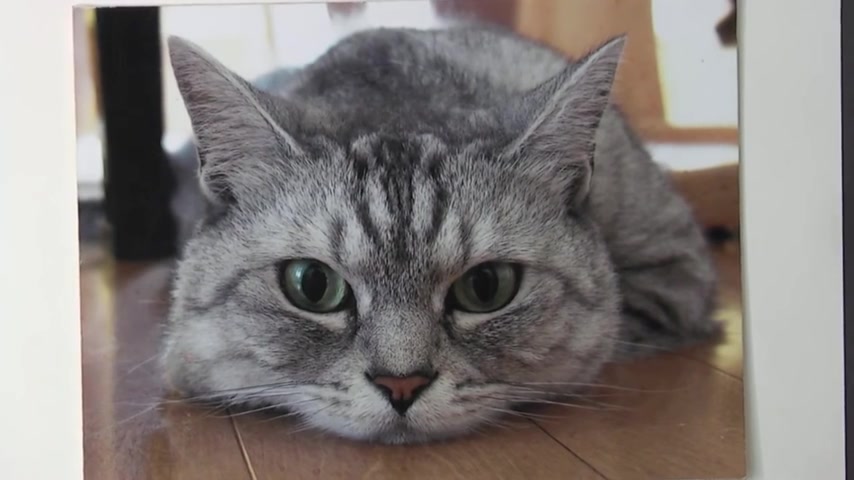
But if you can practice and you know what you're practicing , you can make it something that is just I wonder how long this will take me .
Uh And also if you're doing something quick , you can do something with less fur .
You just keep accentuating the darkest things create some depth and it can still be a dynamic picture even though you may not have every , every little uh hair on there .
So anyway , just some things I , I realize that uh there's a lot of room , uh there's a lot of things to cover when I'm trying to , uh you know , talk about uh some of the things I think would help you and uh a demonstration is always best .
Uh We went through this uh C series and uh we're one of the nice things about the uh the studio class in particular is that we get to take it slowly .
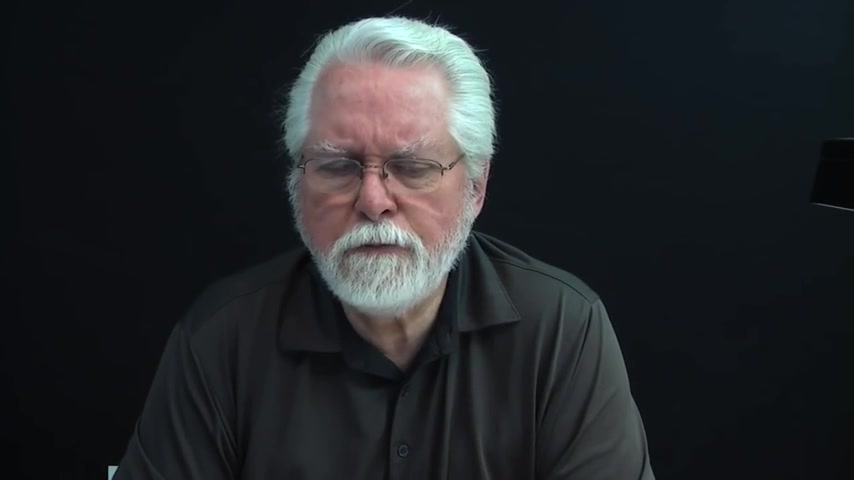
Uh If people will be patient , I think they'll really understand all those simple , important , basic fundamental steps that help you have more fun with your drawing .
And so anyway , that's uh how I would uh kind of answer that .
So it seems like whether you're drawing an animal or a person , patience is going to be key when it comes to hair fur , anything really and that goes for clothing or anything .
If you have a background in your drawing , you wanna make sure that your background is behind your main subject , it's truly a background .
And so it's the same , some of the same principles and uh the better we are at being able to separate uh uh one element from another and uh creating that kind of depth and fur is a little bit scary sometimes because we see uh something other than just a uh clean edge , but it really is a clean edge because the fur in the front is in front of what's in back .
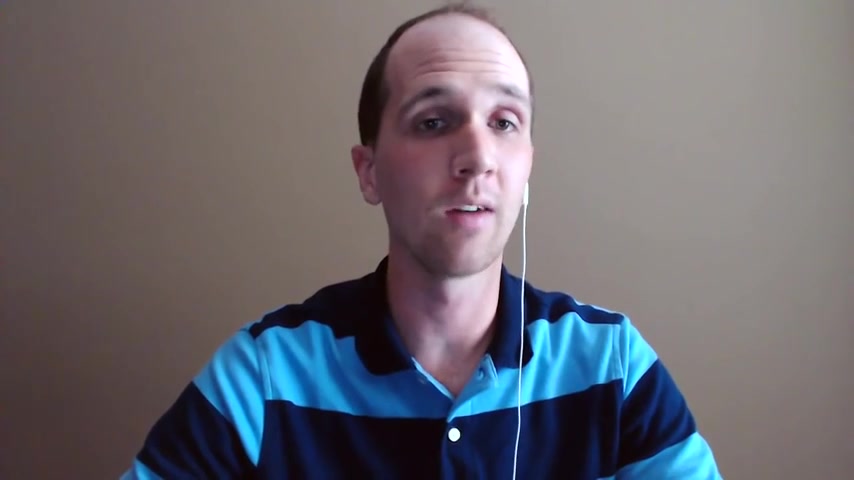
And even though there's a lot of little lines or little edges .
It's still necessary for us to pay attention to uh you know , what's behind and separated from the background .
So it doesn't get lost .
You know , I know you have a lot more information and , and insight on drawing animals .
And uh we're gonna , we're gonna do another video and in the next video , we're gonna cover what to do when you're drawing animals of different with different colored fur , different colored hair and um you know , and what to , what to expect or what to look for when you're drawing an animal with different unique markings or patterns .
And we'll save that for our next video .
You definitely won't want to miss it .
And uh we'll let you know as soon as that video comes out .
So well , Darryl , I want to thank you so much for sharing all this great insight with us and we want to thank all of you for joining us and watching this video and uh we hope that it really helps you understand a little bit more about how to draw realistic fur .
Well , you're welcome .
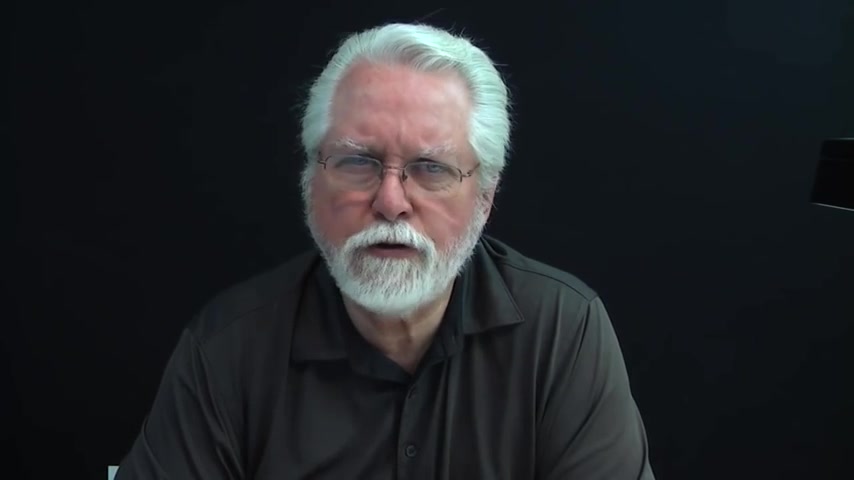
I , I just always enjoy maybe finding a key element that somebody can use again to help them feel like they're in control .
It can accomplish something .
Even if you have to take it one step at a time .
It's just so rewarding to see people continually improve , but sometimes it takes some time because it's hard .
There's so many things , it can get overwhelming even though it may not be .
Uh , but still you're trying to remember all these things and it's easy to concentrate so much on one thing that you ignore something else without intending to .
And so , but it's still really fun to see people even take one element at a time and continue to improve .
Very good , very good .
Well , we want to hear from all of you and we encourage you to leave us a comment in the comments box below and uh you know , let us know does does first still seem like a like a terrifying prospect to you or does it , is it looking a little bit easier ?

So leave us a comment and let us know and we'll try to cover that in our next video if we can .
And uh so well , thank you very much and uh we'll see you in the next video .
Look forward to it , see you .
Bye bye .
Are you looking for a way to reach a wider audience and get more views on your videos?
Our innovative video to text transcribing service can help you do just that.
We provide accurate transcriptions of your videos along with visual content that will help you attract new viewers and keep them engaged. Plus, our data analytics and ad campaign tools can help you monetize your content and maximize your revenue.
Let's partner up and take your video content to the next level!
Contact us today to learn more.